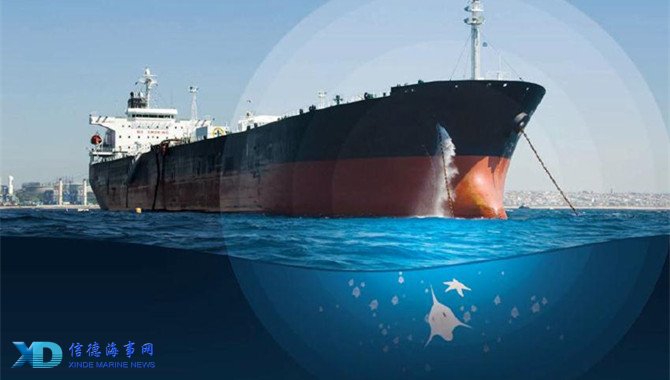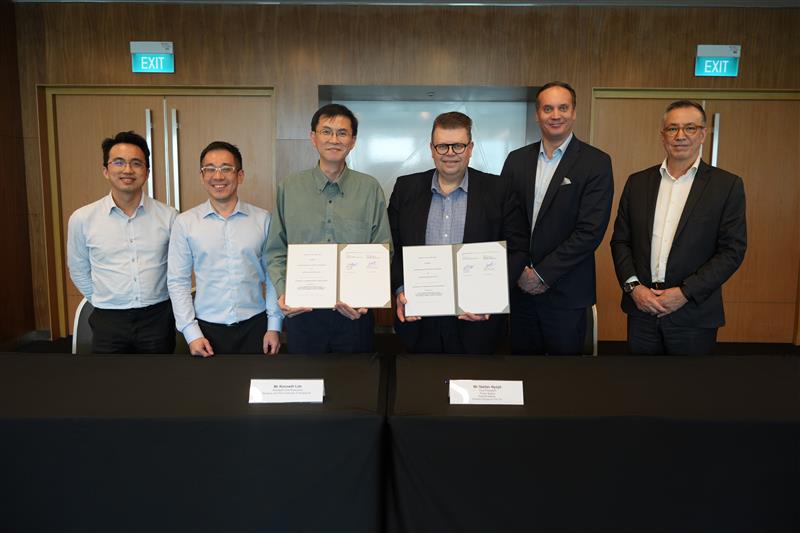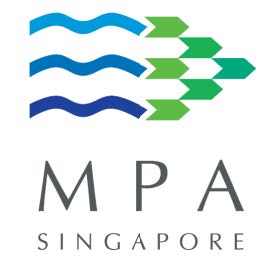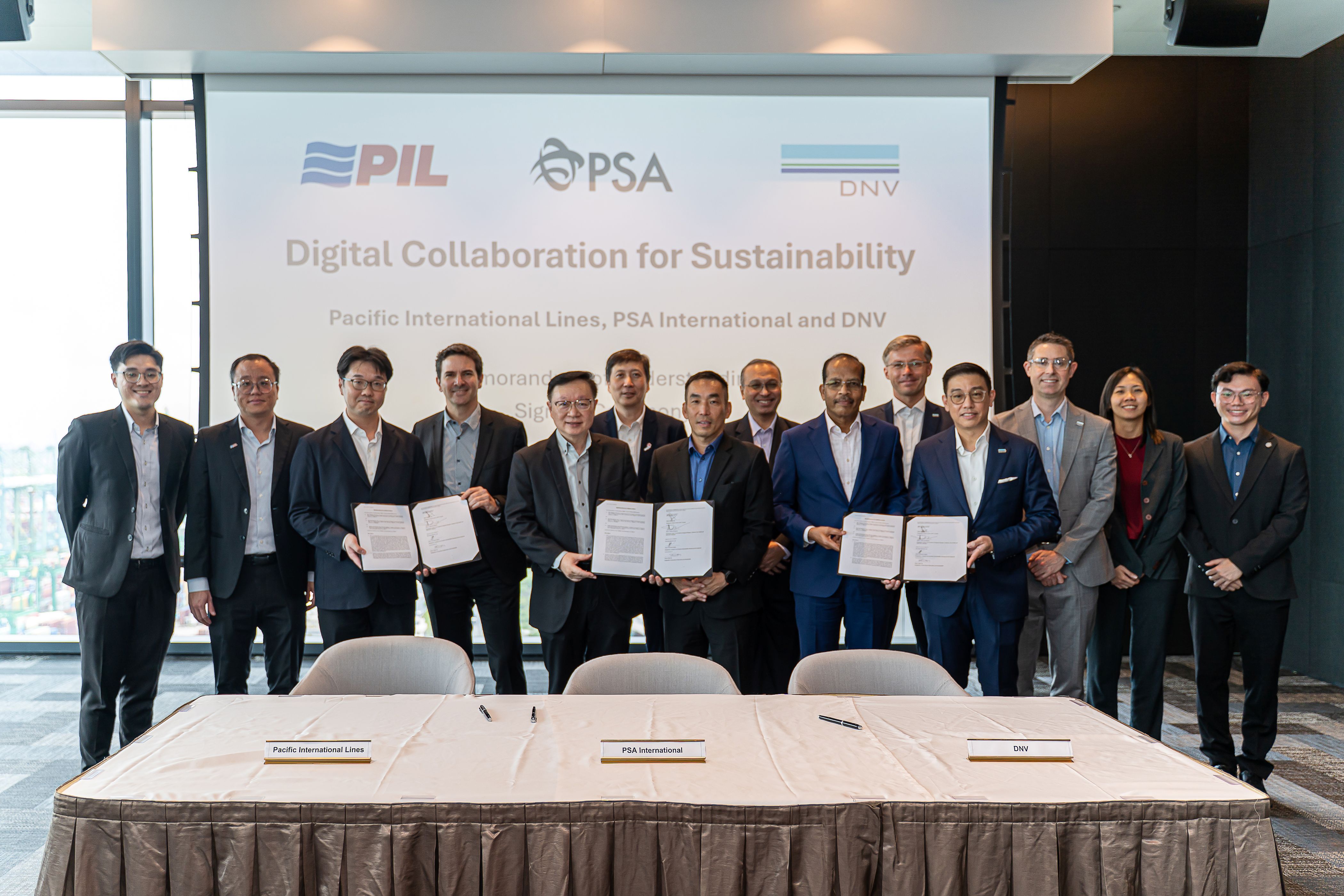
With the industry's eyes firmly fixed on the 2020 sulphur cap, shipowners might be paying less attention to installing a ballast water system. But time will run out to comply with the ballast water regulation and delaying to the last minute could be costly.
Up until recently, it was widely accepted that ships exchanged ballast water mid sea, to avoid discharging water potentially containing invasive aquatic species close to shore. This practice will soon be insufficient in terms of compliance.
"We strongly advise to get the installation planned as soon as possible," says Ashok Srinivasan, Manager, Maritime Technology and Regulation at Bimco." The compliance window is meant to spread out installations around the world, and if the majority of shipowners wait until the last minute, as close to 2024 as possible, there will be bottlenecks."
The International Maritime Organization's (IMO's) Ballast Water Convention came into force on 8 September 2017, while the United States Coast Guard(USCG) regulations have been in force since 2012.
However, at the time the regulations took effect, shipowners were given a window to get the ballast water management systems (BWMS) in place. For US-flagged ships, or ships flying other flags operating in US waters, this date is generally 1 January 2021, although a few ships with extension letters may still have a little more time.
For the rest of the world, compliance with IMO's Ballast Water Convention is by 8 September 2024, or even earlier, depending on the individual ship's International Oil Pollution Prevention (IOPP) certificate renewal.
Bottlenecks could drive prices up
September 2024 seems far away, but from this date onwards, ships must have a ballast water management system installed, certified and ready to use, or use other methods to comply with the discharge standard. Penalties may apply for non-compliance.
Each ship faces a different date of compliance as the convention is linked to the renewal of IOPP certificates, which should be done every five years. While some players have managed to postpone the IOPP renewal-and thereby delay D-2 compliance - a BWMS or other method for compliance must be in place before 8 September 2024.
"Few players in the industry have installed the ballast water management systems so far. Not only might the industry face bottlenecks if there is a last-minute rush to the yards or retrofitting locations, but it may also be much more expensive, as a sharp rise in demand could drive prices up," says Srinivasan.
Both the IMO Ballast Water Convention and the United States Coast Guard (USCG) regulations aim to prevent contamination of local waters with aquatic species by stopping ships from discharging ballast water containing unwanted invasive organisms and species. The available ballast water management systems use a range of technologies, including UV filtration, chemical injection, chlorination, and so on.
Source:BIMCO
Please Contact Us at:
admin@xindemarine.com


 Baltic Exchange launches new Fuel Equivalence Conve
Baltic Exchange launches new Fuel Equivalence Conve  21 Consecutive Years of QUALSHIP 21 Recognition for
21 Consecutive Years of QUALSHIP 21 Recognition for  MPA and Wärtsilä Renew Partnership to Drive Marit
MPA and Wärtsilä Renew Partnership to Drive Marit  MPA and Dalian Maritime University Renew Partnershi
MPA and Dalian Maritime University Renew Partnershi  PSA INTERNATIONAL, DNV AND PACIFIC INTERNATIONAL LI
PSA INTERNATIONAL, DNV AND PACIFIC INTERNATIONAL LI  INTERCARGO Reaffirms Call for Simplicity as IMO Cli
INTERCARGO Reaffirms Call for Simplicity as IMO Cli